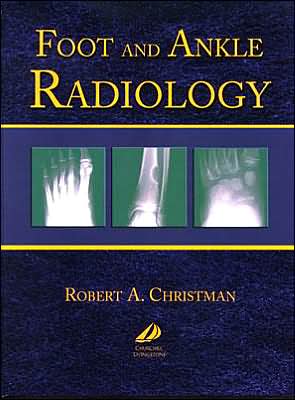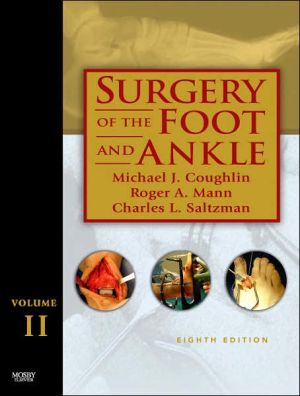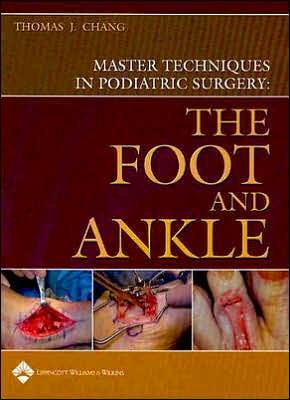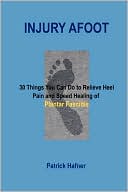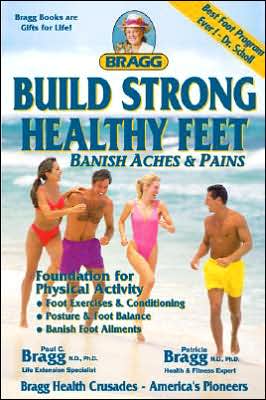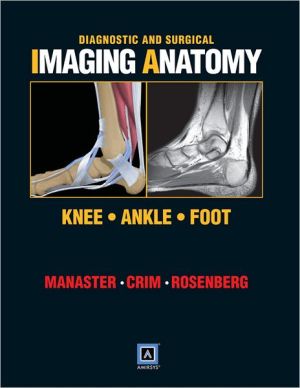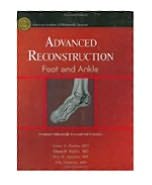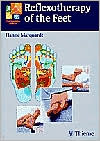Foot Health Training Guide for Long-Term Care Personnel
This training guide will improve the quality of foot care provided to older adults in long-term care settings. Frequently left undiagnosed and untreated, foot problems can result in pain, limited mobility, increased risk for falling, reduced levels of activity, and lower overall quality of life for residents. \ Readers will learn to understand common foot problems, practice preventive foot care, and recognize conditions that require further treatment. Detailed information is provided on these...
Search in google:
This training guide will improve the quality of foot care provided to older adults in long-term care settings. Frequently left undiagnosed and untreated, foot problems can result in pain, limited mobility, increased risk for falling, reduced levels of activity, and lower overall quality of life for residents. Readers will learn to understand common foot problems, practice preventive foot care, and recognize conditions that require further treatment. Detailed information is provided on these important topics: * the structure and common problems of the foot * medical conditions that contribute to poor foot health (e. g. , diabetes, peripheral vascular disease, and neurological deficits) * proper assessment and examination of older adults' feet* common nail and skin problems * muscular and skeletal conditions of the foot* preventive measures to avoid frequent complications, including pressure ulcers, falls, and amputation* use of geriatric footwearAppropriate for nursing homes, assisted living facilities, home health agencies, and other programs that care for older adults, this resource is useful as a guide for in-service staff education or as a self-teaching tool. Doody Review Services Reviewer:Martin C. Yorath, DPM(Rosalind Franklin University of Medicine and Science)Description:This short but important book is a necessary addition to the resources for improving the lower extremity health of a unique group of patients. In approximately 150 pages, it more than adequately covers the essentials for lower extremity health in long-term care patients, with a particular emphasis on the geriatric patient. Purpose:The purpose is to give practical information on foot and ankle conditions to long-term care givers. It is designed to be a preventive book for those providing care in this particular patient pool. Any practitioner who has provided care to patients in a long-term care setting knows that there are many preventable lower extremity morbidities if there were more readily available resources for the care givers. This book fills this role nicely. Audience:It is aimed primarily at those involved in the trenches -- nurses, nurses' aides, and others who may have daily contact with patients in long-term care facilities. From the podiatric perspective, Dr. Helfand is well qualified as the author of this book. He has written extensively on podiatric public health issues, and serves with numerous aging organizations in the U.S.Features:In addition to its 10 chapters, the book includes a glossary, bibliography, and an appendix addressing comprehensive podogeriatric assessment. This last feature, in particular, will be helpful for those less familiar with understanding the qualifying conditions for Medicare coverage when it comes to the foot and ankle.Assessment:A book of this nature clearly has its place in the North American market, although it could be adapted to other parts of the English speaking world. It is concise enough to encourage the curious to look and keep reading, yet in-depth enough to cover all of the essential topics. In short, it should become a standard text in the nursing office of any long-term care facility. I recommend it to all those involved in caring for patients in these settings.
PrefaceIntroduction Chapter 1 Foot Health Care and Long-Term Care FacilitiesChapter 2 Improving Early Recognition of Foot Problems in the Long-Term Care Resident Chapter 3 Identifying and Caring for Common Skin and Nail Problems in the Long-Term Care ResidentChapter 4 Identifying and Caring for Musculoskeletal Problems in the Long-Term Care ResidentChapter 5 Complications Involving the Vascular, Neurological, and Endocrine SystemsChapter 6 Pressure Areas in the Feet by Albert J. Finestone, M. D. , M. Sc. Chapter 7 Foot Health and Falls in the Long-Term Care Resident by Roberta A. Newton, Ph. D. , PTChapter 8 Basic Considerations for Geriatric FootwearChapter 9 A Guide to Foot Care for the Older AdultChapter 10 Diagnostic and Therapeutic Considerations for GeriatriciansAppendix A Medicare-Covered Systems and Findings Appendix B Geriatric Diagnostic Conditions and Codes Involving the Foot and Related Structures BibliographyGlossaryIndex
\ From The CriticsReviewer: Martin C. Yorath, DPM(Rosalind Franklin University of Medicine and Science)\ Description: This short but important book is a necessary addition to the resources for improving the lower extremity health of a unique group of patients. In approximately 150 pages, it more than adequately covers the essentials for lower extremity health in long-term care patients, with a particular emphasis on the geriatric patient. \ Purpose: The purpose is to give practical information on foot and ankle conditions to long-term care givers. It is designed to be a preventive book for those providing care in this particular patient pool. Any practitioner who has provided care to patients in a long-term care setting knows that there are many preventable lower extremity morbidities if there were more readily available resources for the care givers. This book fills this role nicely. \ Audience: It is aimed primarily at those involved in the trenches — nurses, nurses' aides, and others who may have daily contact with patients in long-term care facilities. From the podiatric perspective, Dr. Helfand is well qualified as the author of this book. He has written extensively on podiatric public health issues, and serves with numerous aging organizations in the U.S.\ Features: In addition to its 10 chapters, the book includes a glossary, bibliography, and an appendix addressing comprehensive podogeriatric assessment. This last feature, in particular, will be helpful for those less familiar with understanding the qualifying conditions for Medicare coverage when it comes to the foot and ankle.\ Assessment: A book of this nature clearly has its place in the North American market, although it could be adapted to other parts of the English speaking world. It is concise enough to encourage the curious to look and keep reading, yet in-depth enough to cover all of the essential topics. In short, it should become a standard text in the nursing office of any long-term care facility. I recommend it to all those involved in caring for patients in these settings.\ \

